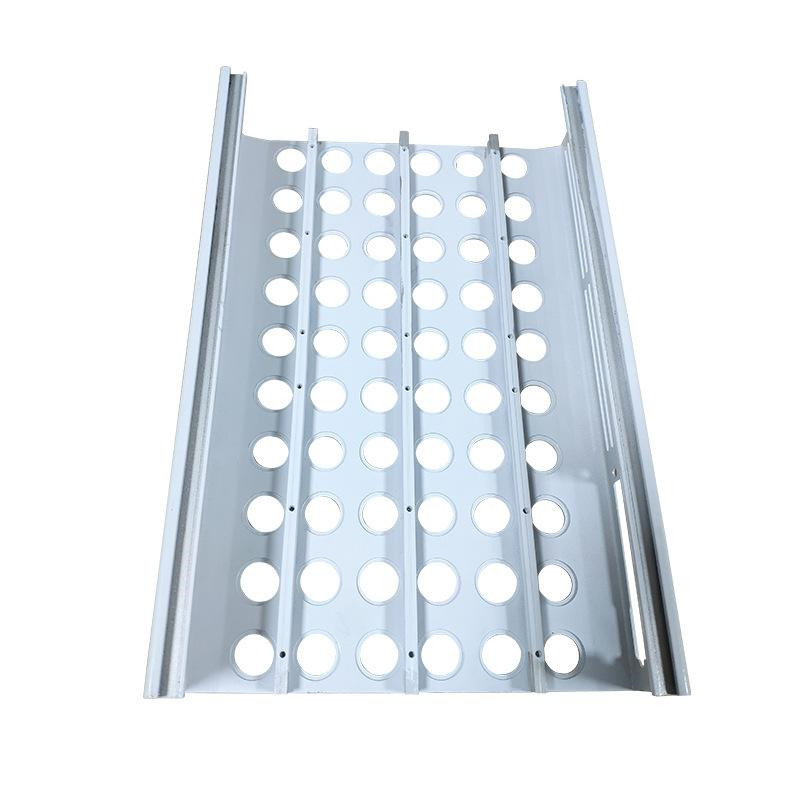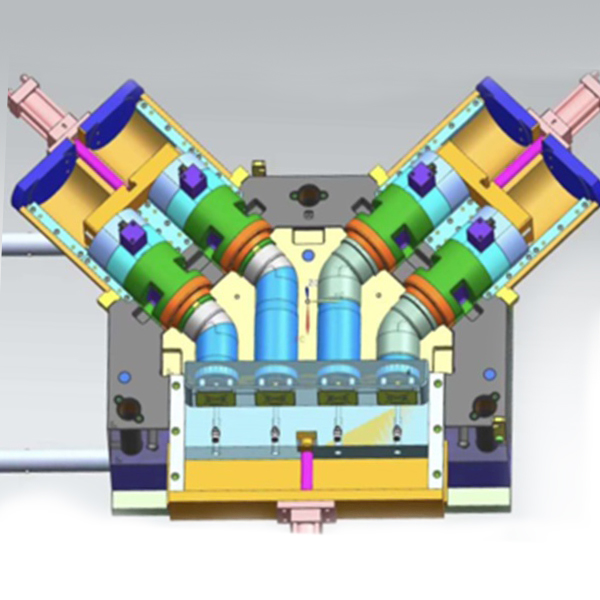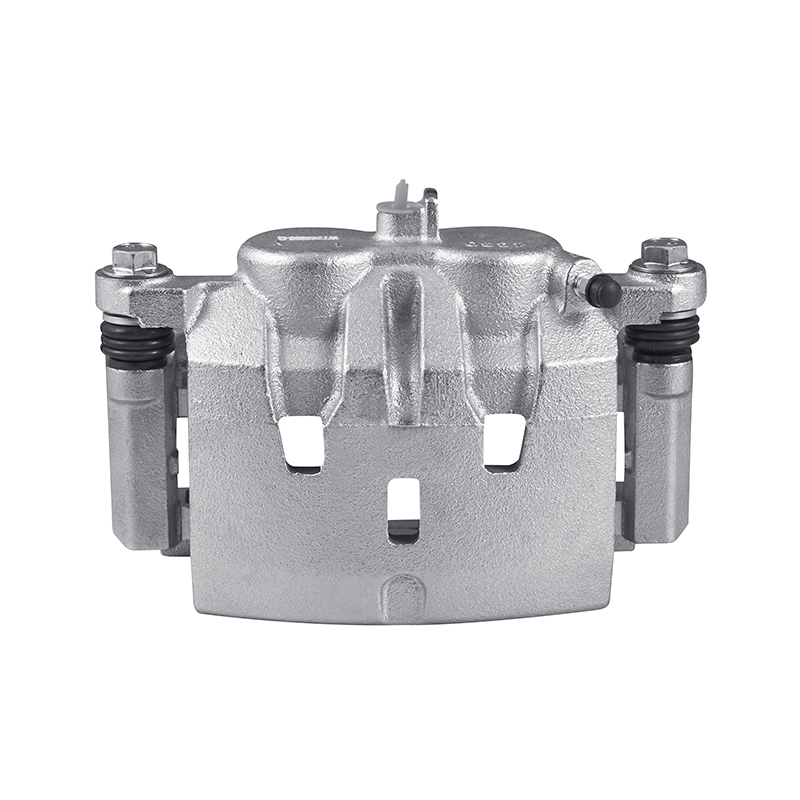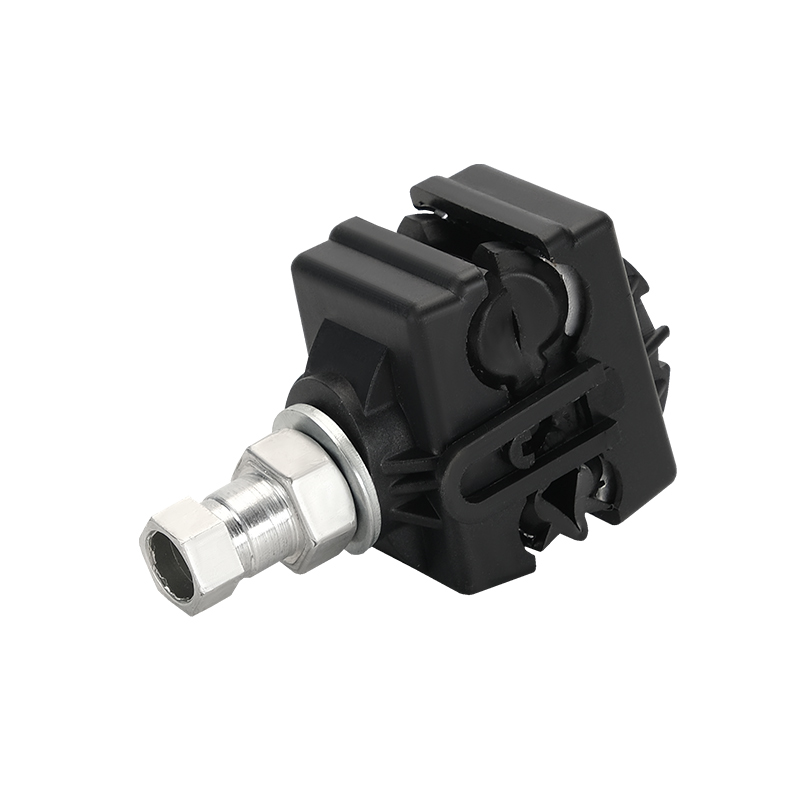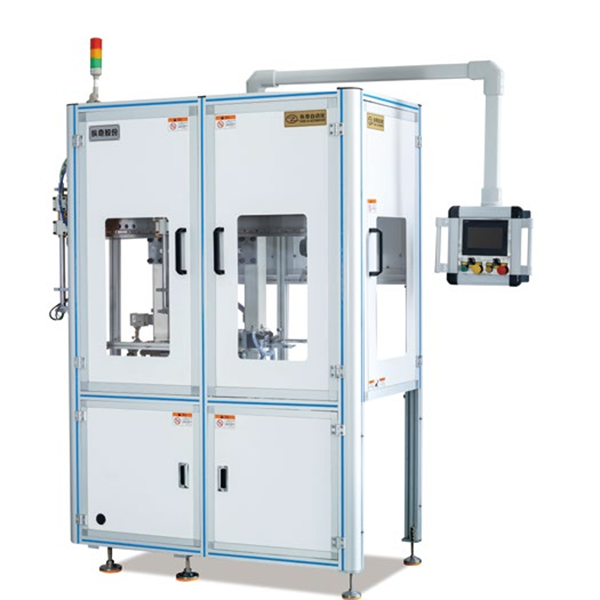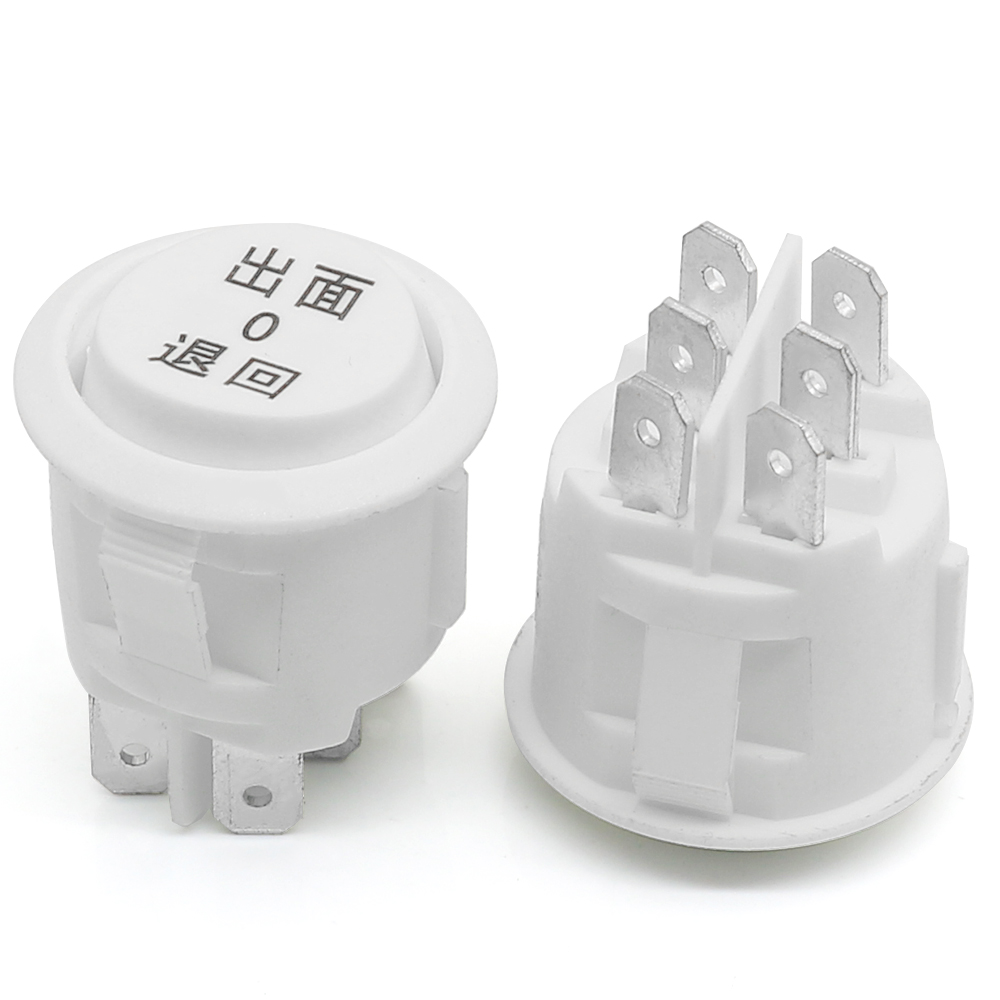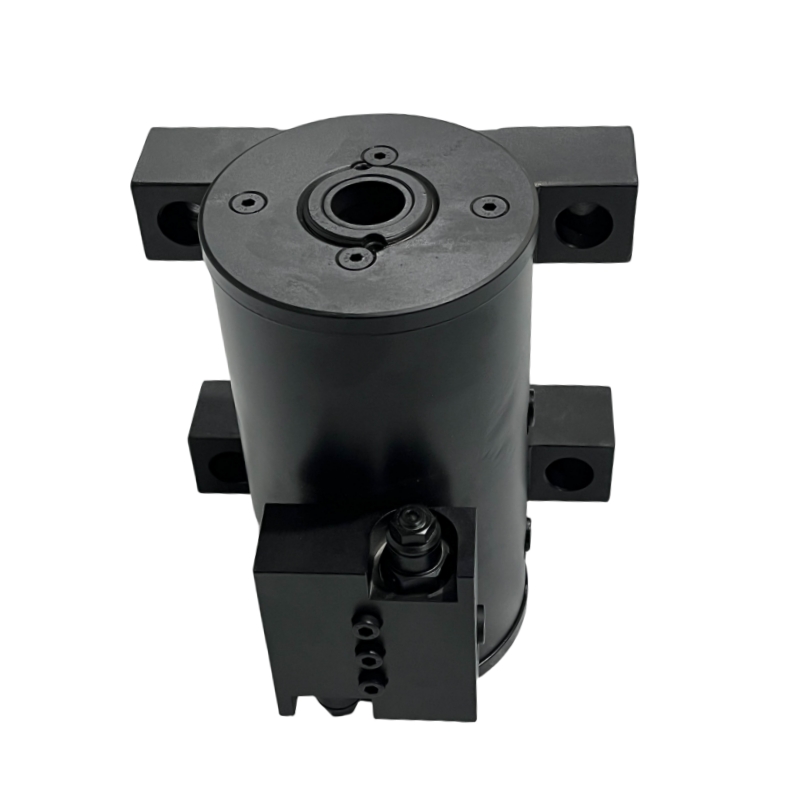OEM cnc sheet metal bending laser cutting service manufacturer
Video
Characteristics of Sheet Metal Bending Process
The sheet metal bending process involves shaping sheet metal by applying force to create bends and angles. This technology is commonly used in manufacturing and metal fabrication.
● Material Selection: Sheet metal used for bending is usually selected based on factors such as its ductility, strength and thickness. Common materials include steel, aluminum and stainless steel.
● Bending force: The force required for bending depends on the properties of the material, the thickness of the sheet and the required bending angle. Force can be applied using various methods, such as manual bending by hand or by using a mechanical or draulic press brake.
● Bending lines and radii: Bending lines are the areas where sheet metal bends. Bending radius refers to the curvature of the bend, which is determined by factors such as the thickness of the plate and the tooling used. Minimum bending radii should be considered to avoid cracking or deformation.
● Tools and Equipment: Bending tools and equipment, such as press brakes or rollers, are used to apply bending forces and manipulate sheet metal. The tool selected must be suitable for the material and required bending specifications.
● Spring back: After bending, some materials may experience a phenomenon called spring back. This refers to the tendency of a bent material to partially return to its original shape after the bending force is removed. Appropriate compensation and adjustments must be made to account for spring back during bending. Limitations and Constraints: The sheet metal bending process has specific limitations and constraints depending on the material and thickness of the bend. Factors such as maximum bend angles and tolerances must be considered to ensure the desired shape is achieved without compromising the structural integrity of the metal.
● Design Considerations: When designing sheet metal parts for bending, factors such as part symmetry, flange length, and relief cuts should be considered to optimize the bending process and promote smooth, accurate bends.
● Post-bend operations: Depending on the application, post-bend operations such as trimming, deburring, and surface finishing may be required to achieve the final desired appearance and functionality of the bent sheet metal part.
Characteristics of Laser Cutting Technology for Sheet Metal
● Precision: Laser cutting has high precision and accuracy, allowing complex and detailed cuts to be made on metal sheets.
● Versatility: Laser cutting can be used on a variety of sheet metal materials, including steel, aluminum, stainless steel, copper and brass.
● Complex shapes and designs: Laser cutting can cut complex shapes and complex designs on sheet metal.
● Speed and efficiency: Laser cutting is a fast and efficient cutting process, especially for thin to medium thickness sheet metal.
● Non-contact process: Laser cutting is a non-contact cutting process, which means the laser beam does not psically contact the metal sheet.
● Minimize material waste: Laser cutting is an efficient process that minimizes material waste. The narrow laser beam enables precise cutting, optimizing the use of sheet metal and reducing scrap.
● Automation and integration: Laser cutting technology can be easily integrated into automated systems, enabling high-volume production and increased productivity.
● Laser power and focus control: The laser cutting machine offers adjustable laser power and focus control. This accommodates different material types and thicknesses, ensuring optimal cutting results.
● Clean, burr-free cuts: Laser cutting produces clean, precise cuts with little or no burrs. This eliminates the need for additional post-cutting operations such as deburring or finishing.
● Flexibility and quick setup: Laser cutting technology provides flexibility in adjusting cutting parameters, making it suitable for a variety of sheet metal cutting applications
Need custom CNC service, or 3d printing parts, injection molding, we can make them for you! Contact us now to get a quote for your projects! We are here to help you turn your idea into reality!
What is Sheet Metal Forming?
Sheet metal forming is a manufacturing process used to shape sheet metal into various desired forms and structures. The process involves deforming flat metal by applying external forces such as bending, tension, or compression. It is commonly used in industries such as automotive, aerospace, electronics and construction. There are many methods of forming sheet metal, including:
● Bending: In the bending process, a tool such as a press brake or roll forming machine is used to bend a metal sheet along a straight line or curve.
● Deep Drawing: Deep drawing is a process that uses a punch to pull flat metal into a mold cavity to form it into a three-dimensional shape.
● Spinning: Spinning is the process of clamping a disc of sheet metal onto a rotating mandrel and using a spinning tool to form a hollow shape.
● Shearing: Shearing involves cutting sheet metal into the desired shape or size using shearing tools such as shears or punches.
● Roll Forming: Roll forming is a continuous process in which a flat strip of metal is passed through a series of rollers that gradually shape it into the desired profile or cross-section.
Overall, sheet metal forming plays a vital role in the manufacturing industry to produce a variety of products and components with different shapes, sizes, and functions.
If you require more laser cutting service, metal stamping parts, sheet metal prototyping and welding, or bending prototyping, we also meet your expections! Obtain a instant quote Now!
